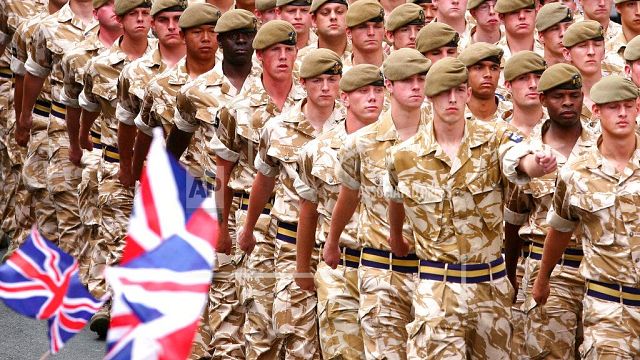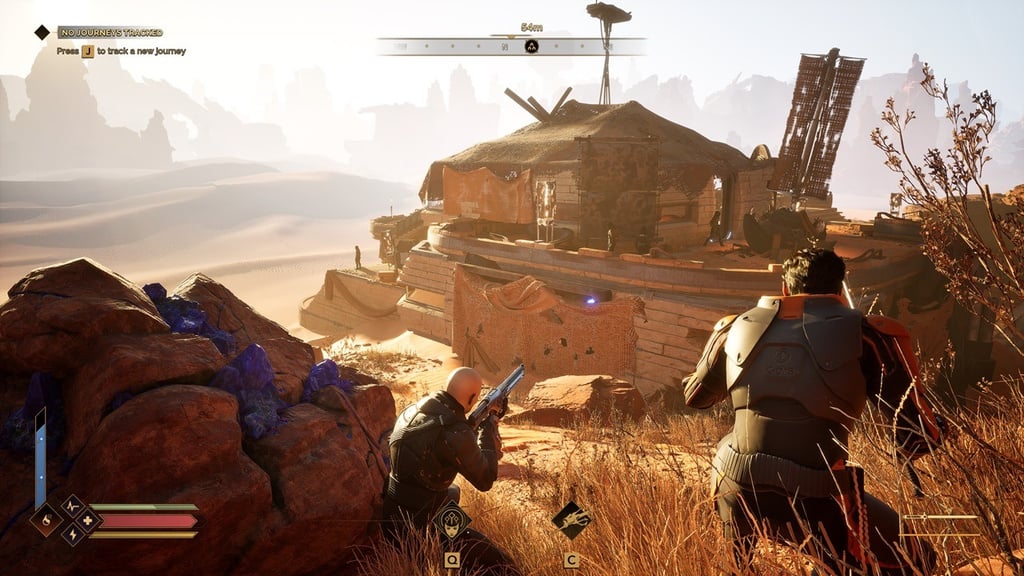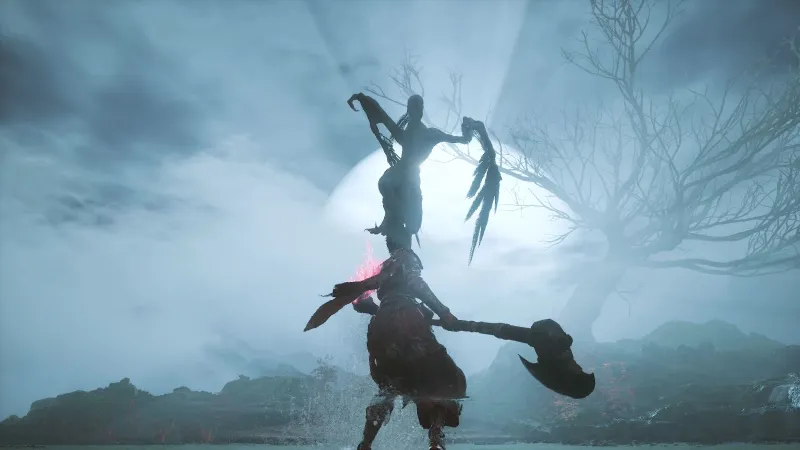No, Not That Lee. Pentagon Finds Black Hero to Rechristen Base Long Named for Robert E.


The Army unveiled a list of seven installations that the Trump administration is reverting, sort of, to earlier names venerating Confederate heroes. In its latest move to undo diversity efforts, the Army announced this week that it had found ways to restore the names of seven installations that long venerated Confederate heroes. But in the case of Fort Lee in Prince George County, Va., the Pentagon did it with a curious twist. Rather than restore the name of Gen. Robert E. Lee, the Confederate commander who defended slavery, the Army found Pvt. Fitz Lee, who was Black and fought in the Spanish-American War. Private Lee, who had kidney disease, died in 1899 within months of being awarded a Medal of Honor. The Army announced the plans for Fort Lee in a list of the seven installations it intended to soon rebrand. The move would cancel changes adopted during the Biden administration at the recommendation of a commission created by Congress to find worthy replacements for base names with ties to the Confederacy. The base was named for General Lee from 1917 until 2023. But for the past two years, it was named Fort Gregg-Adams for Lt. Gen. Arthur J. Gregg, the first Black man to reach the rank of an Army three-star general, and Lt. Col. Charity Adams Earley, the highest-ranking Black woman to serve as an Army officer in World War II. The renaming effort is just the most recent by President Trump and Defense Secretary Pete Hegseth to dismantle their predecessors’ diversity inclusion measures. In March, the administration stopped calling the large military base in North Carolina “Fort Liberty,” reverting it to its previous name, Fort Bragg. “We’re not interested in your woke garbage or your political correctness,” Mr. Hegseth said in a speech there on Tuesday, to the cheers of an audience of soldiers in battle dress uniforms and red berets. Like General Robert E., Private Fitz was born in Virginia. He was one of four Buffalo Soldiers who received a Medal of Honor for valor on June 30, 1898, halfway into the war with Spain in Cuba. They went ashore from the U.S.S. Florida, a steamer, to rescue wounded Cuban and American soldiers from a beach near Tunas de Zaza, after a losing skirmish with Spanish forces. “This after several previous attempts at rescue had been frustrated,” said their Medal of Honor citation, recounting their valor after what American historians have called the Battle of Tayabacoa. Private Lee’s deployment off Cuba was brief and, based on official accounts, his life turned to misery after the rescue mission. He suffered vision loss, swollen limbs and abdominal pains, apparently related to kidney disease. He was presented with the medal in June 1899 while staying at a hospital in Fort Bliss, Texas, and was medically discharged from the Army days later, ending a decade-long enlistment. He went next to Leavenworth, Kan., where he lived with fellow retired Buffalo Soldiers, the nickname for the Army’s cavalry units of all-black enlisted soldiers that was set up after the Civil War. “His comrades took care of him while he awaited his disability benefits from the War Department,” according to a biography produced by the National Park Service. “In constant pain and totally blind, Fitz Lee died at the home of a friend in Kansas on Sept. 14, 1899.” He was 33, penniless, without family, and he died before his pension application was processed, according to records cited by the Congressional Medal of Honor Society. He was buried “with full military honors” at the Fort Leavenworth National Cemetery. The other three recipients from that rescue mission, all junior enlisted soldiers at the time with Troop M, 10th Cavalry, Dennis Bell, William H. Thompkins and George H. Wanton, lived for another 17 to 54 years. As it happens, there was also a white general who served in the Spanish-American War who went by the same name. Fitzhugh “Fitz” Lee, a West Point graduate and veteran of the Civil War, also served as a governor of Virginia and as the postwar occupation commander in Cuba. He was the nephew of Robert E.
What's Your Reaction?
 Like
0
Like
0
 Dislike
0
Dislike
0
 Love
0
Love
0
 Funny
0
Funny
0
 Angry
0
Angry
0
 Sad
0
Sad
0
 Wow
0
Wow
0








































